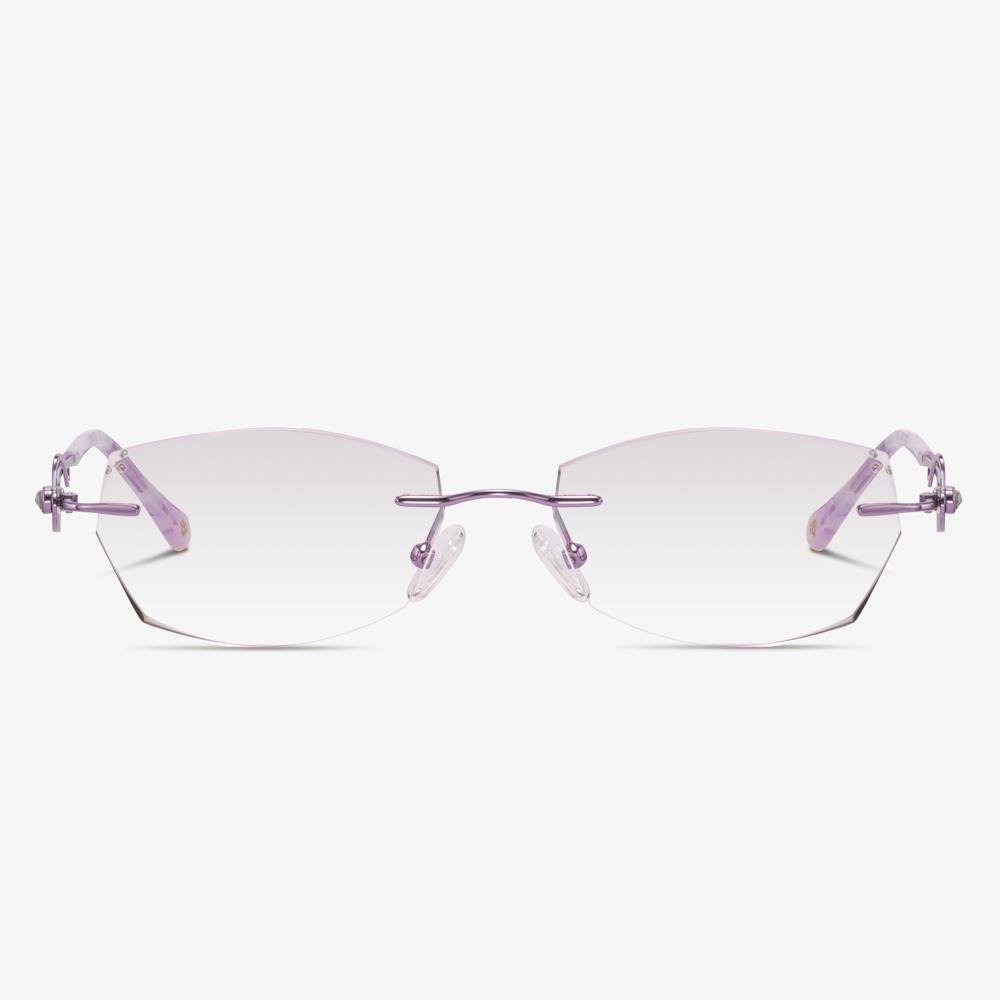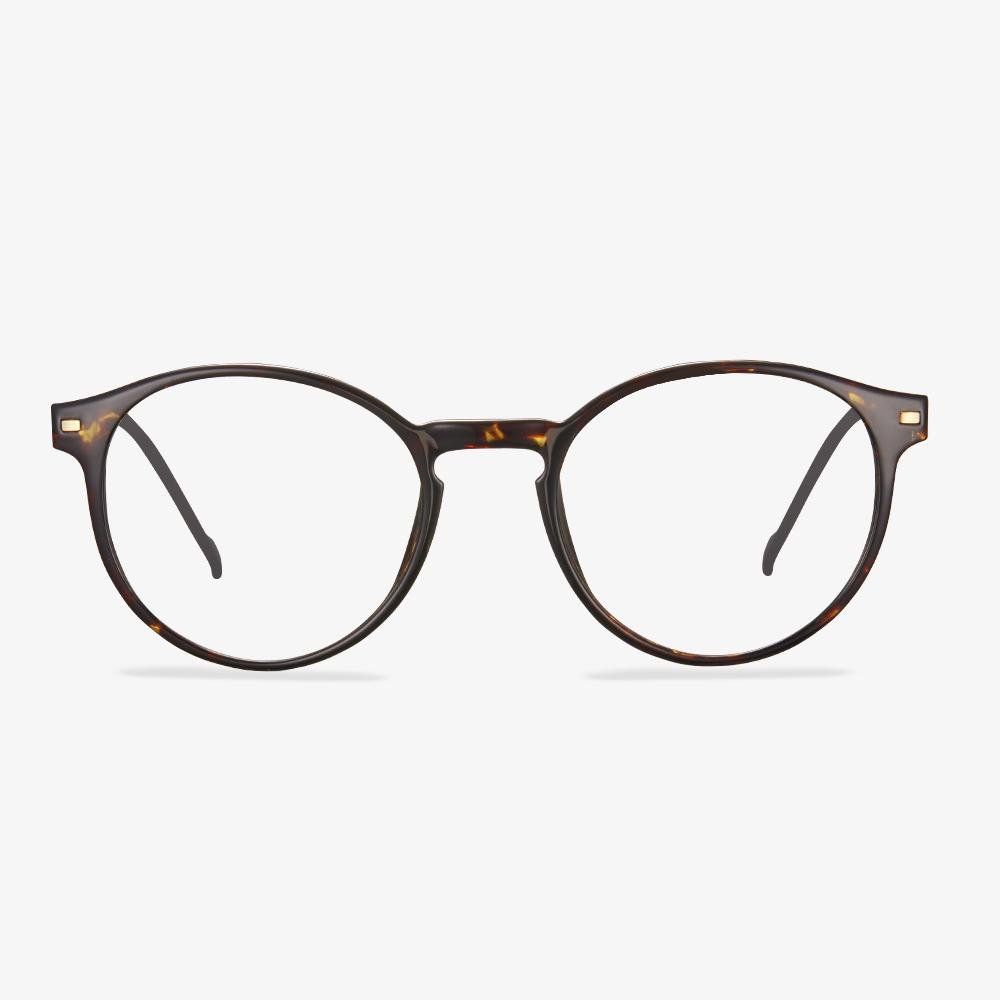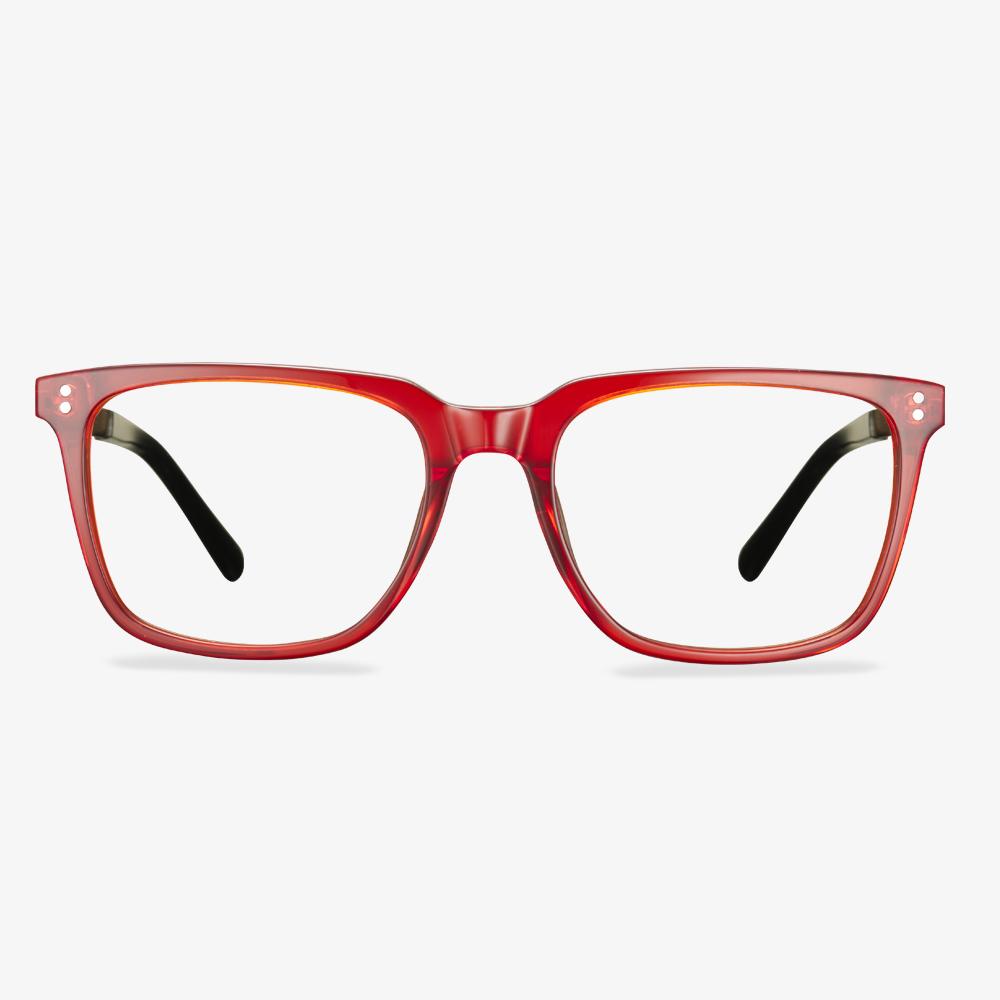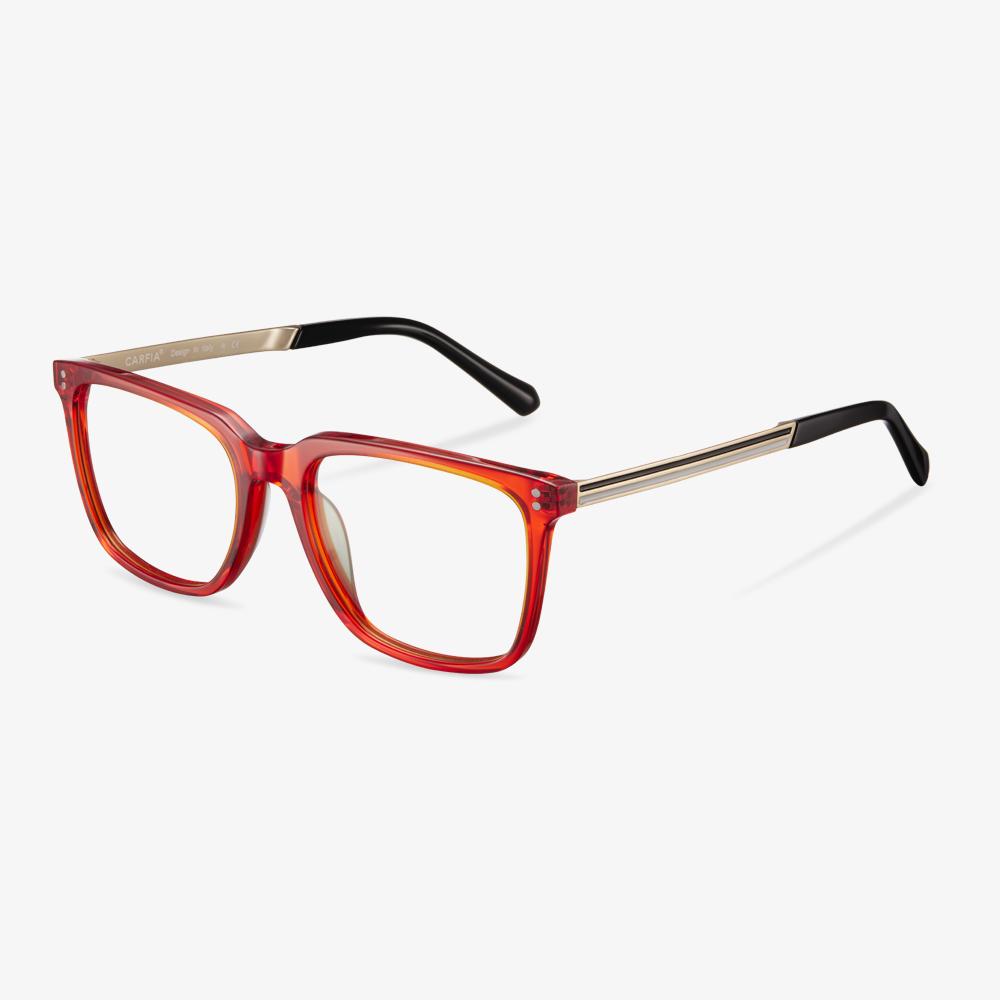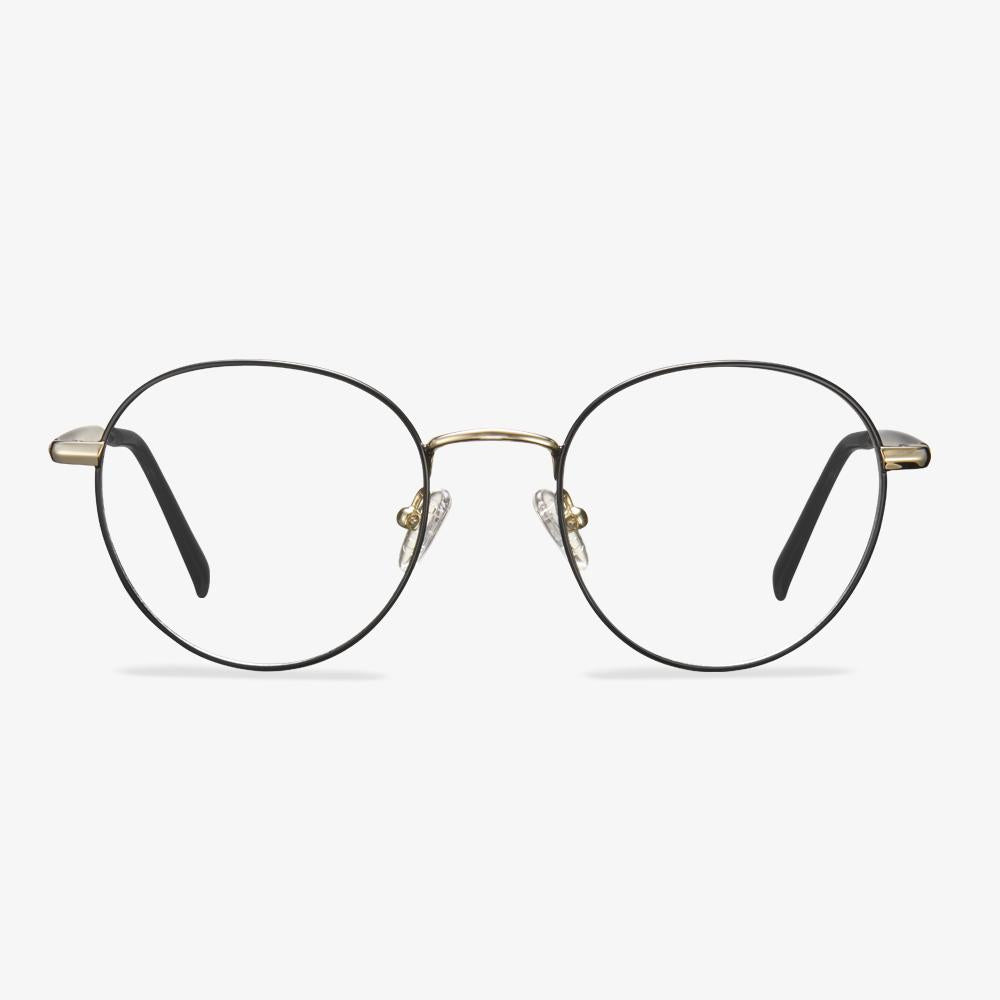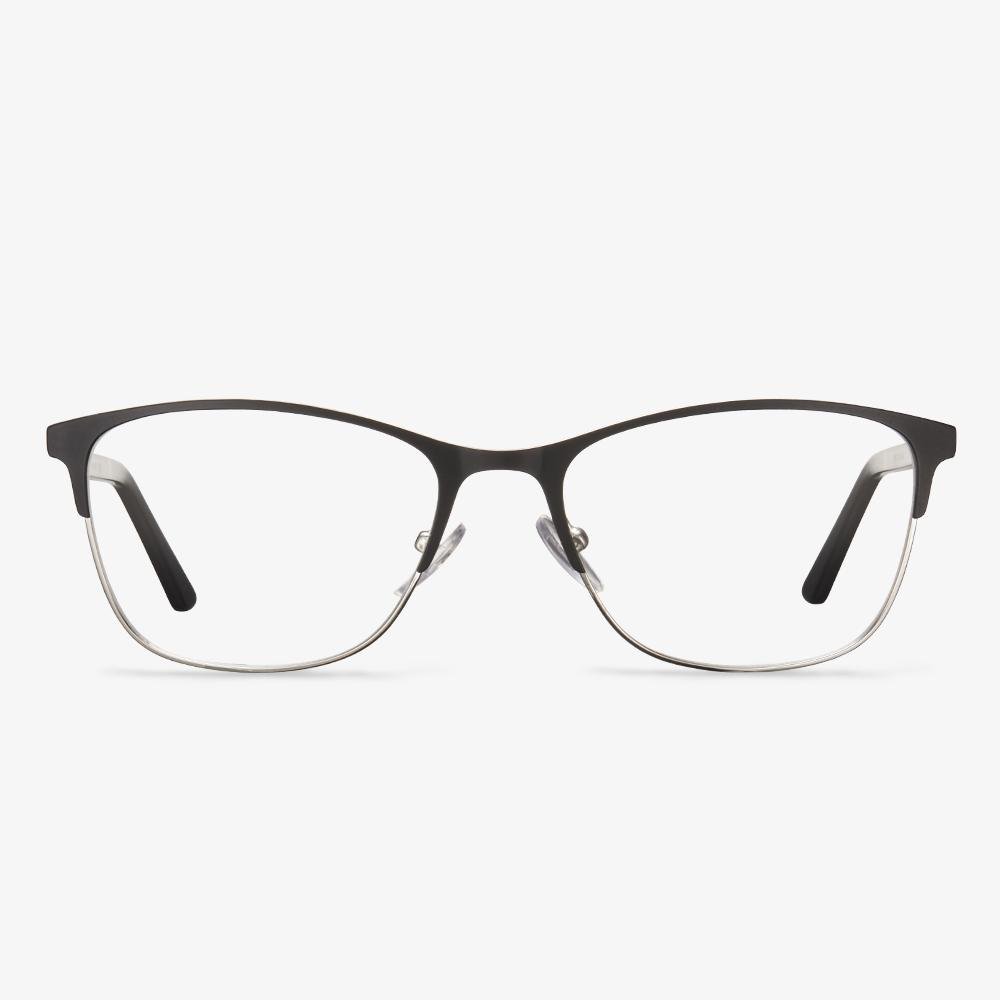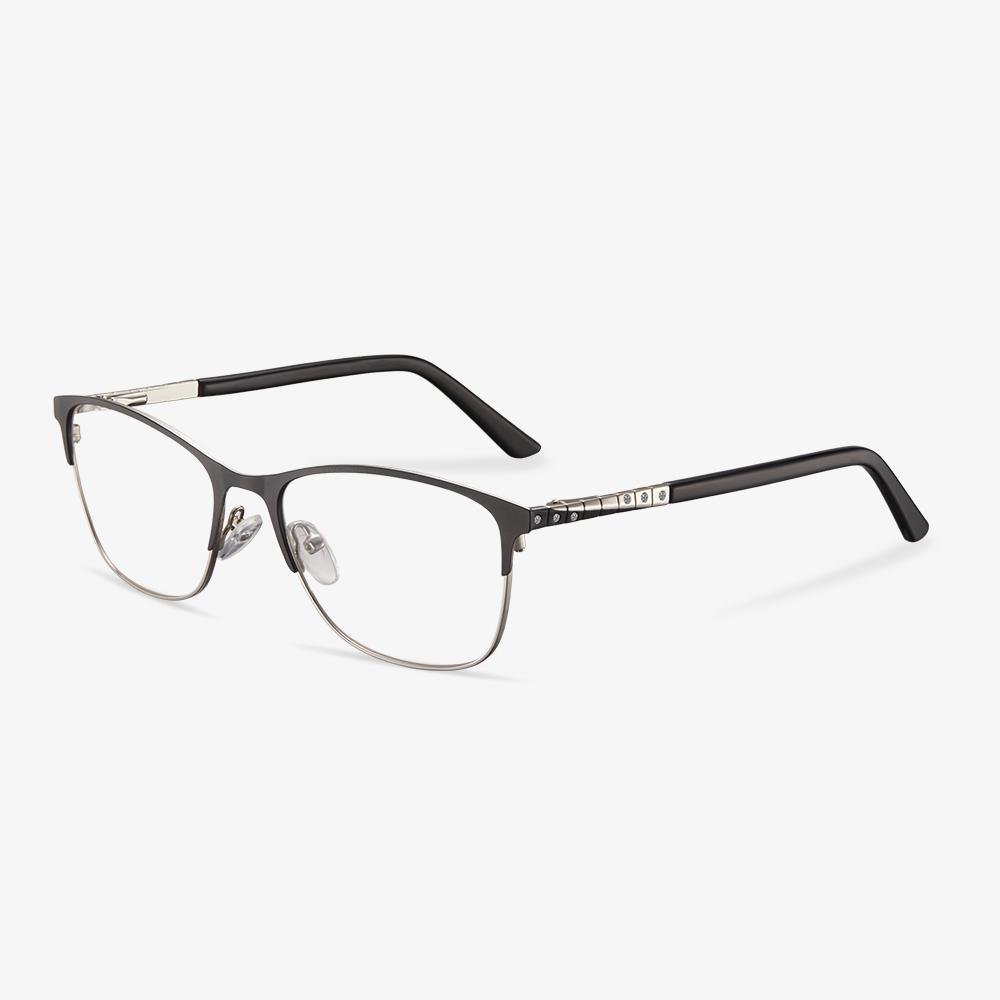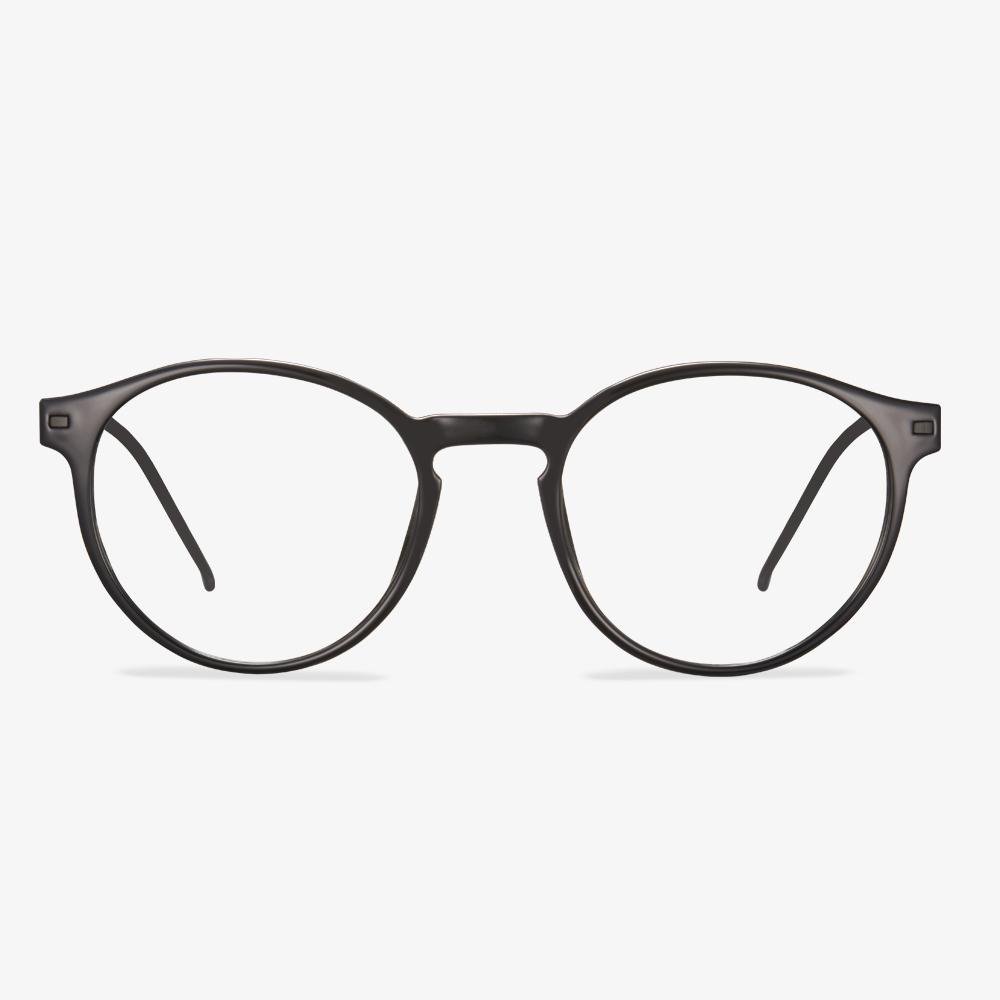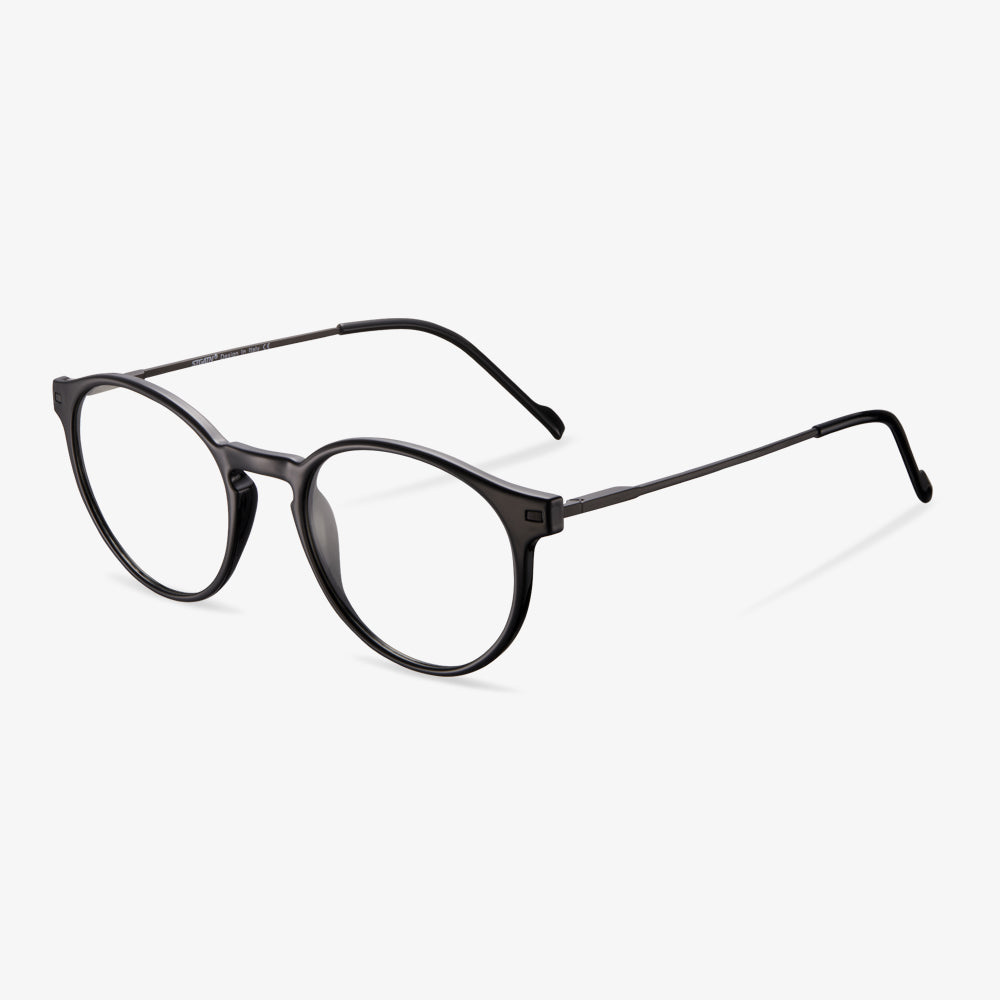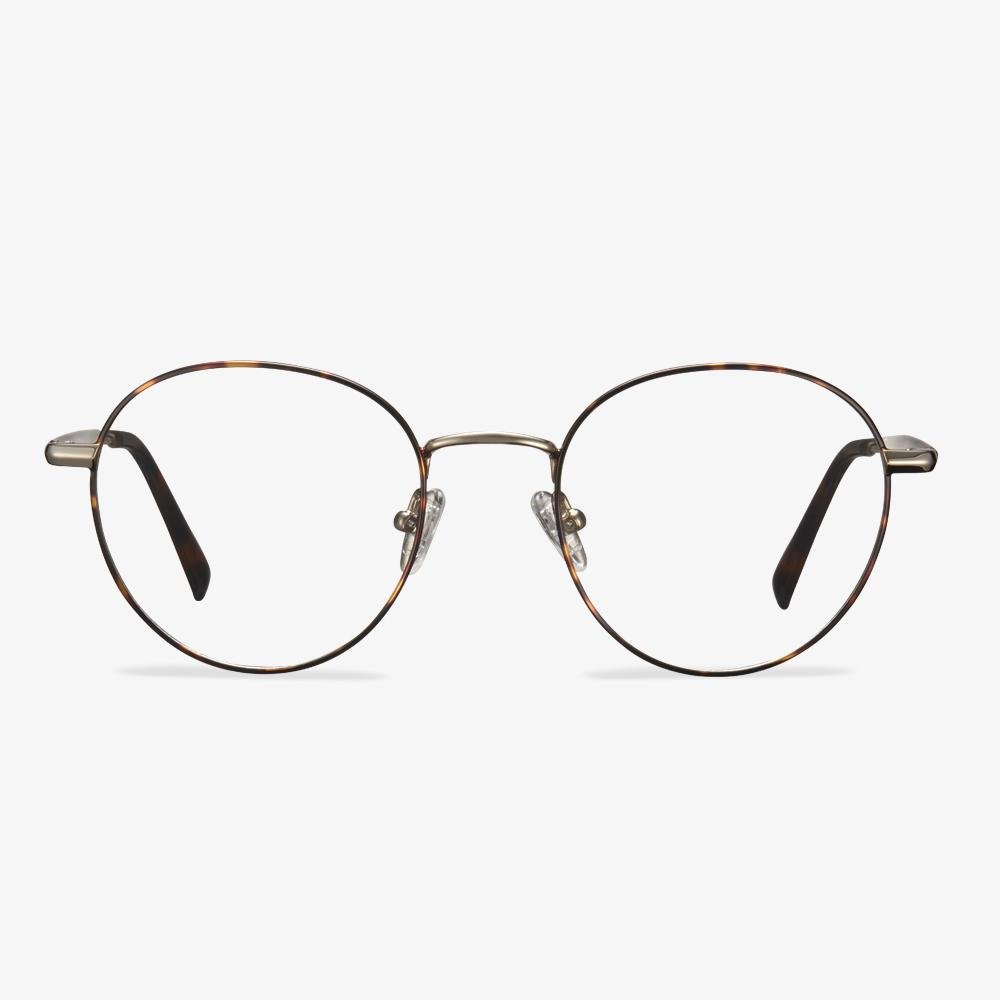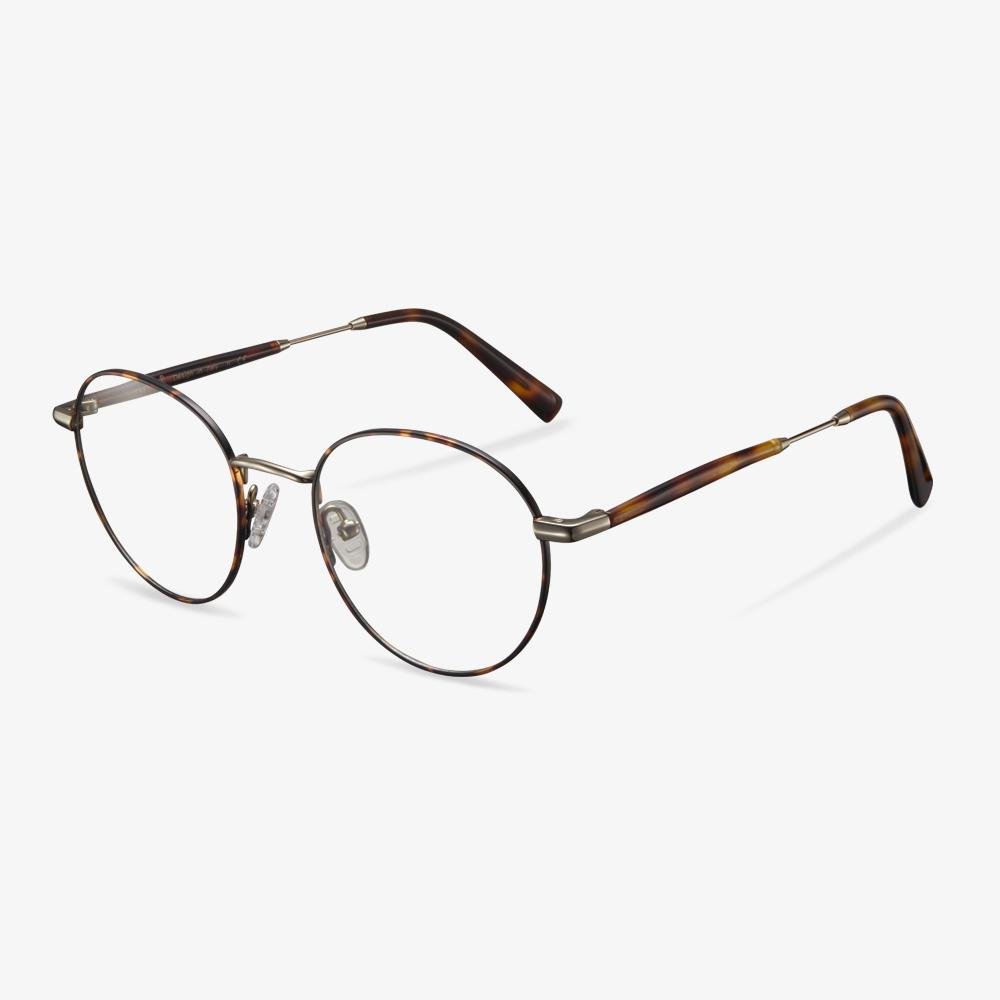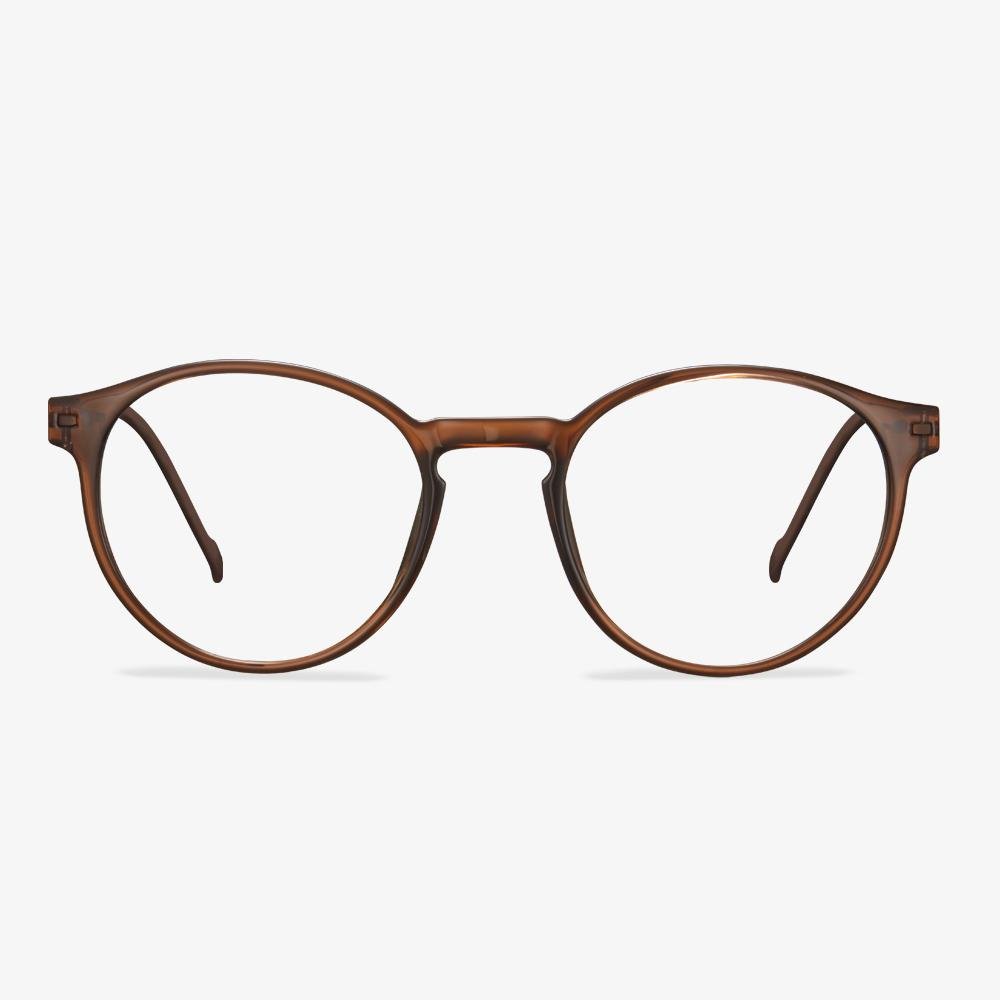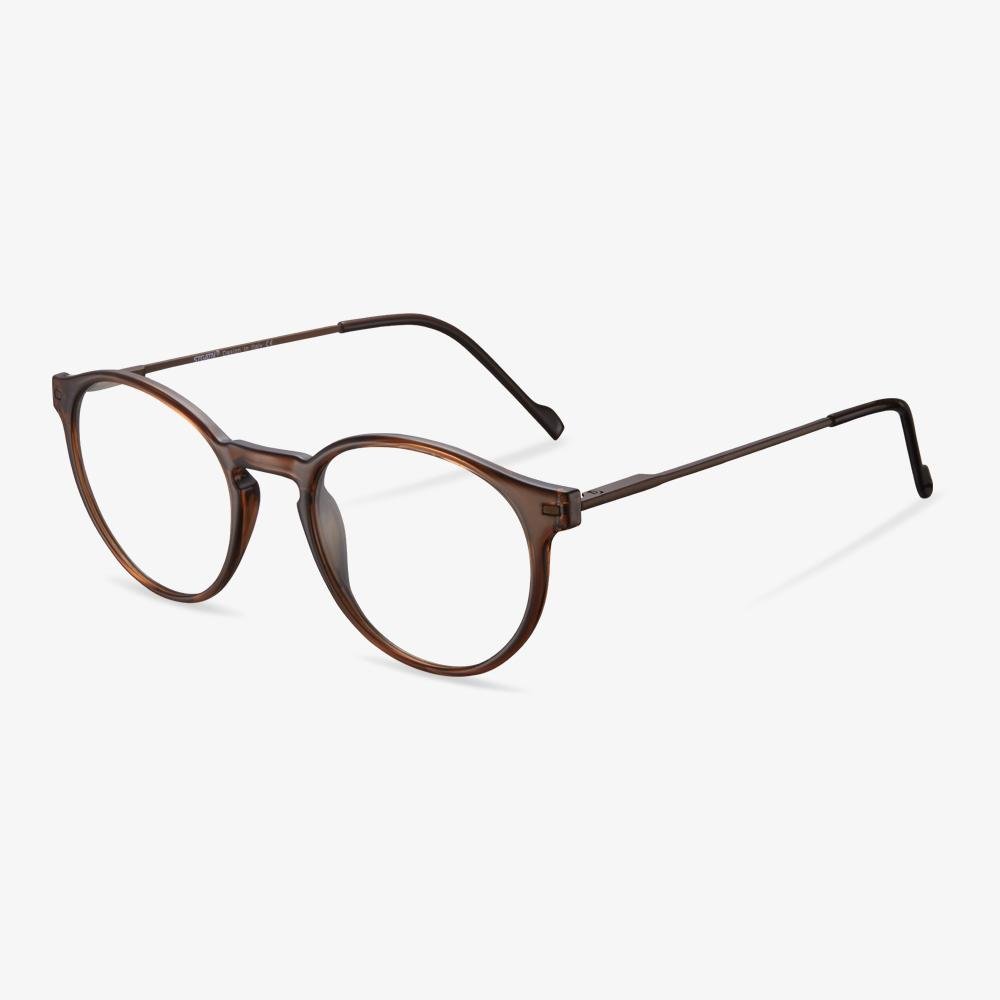Discountglasses.com
Discountglasses.com once advertised a free try before you buy home audition kit for RX contact lenses, and the companies will send you two pairs already fitted with your own prescription lenses.Discountglasses.com now provides a virtual try-on program. Discountglasses.com provides free returns. You can safely order glasses to try on at home. The frames come with standard, high-quality 1.49 plastic lenses with a protective coating that protects the lenses from scratches and are prescribed between +/ -3.00.
The extraction of titanium
Nowadays, the commonly used extraction method is the reduction method of titanium tetrachloride. Compared to copper and zinc, although high in content, much more expensive. On the other hand, China is the country with the largest reserves of titanium, and a large number of steel mills with perennial overcapacity began to produce titanium, so the price of titanium fell year after year.
The design evolution of progressive lenses
Spherical and aspheric designs
The design of the front surface of the far-use area of the early progressive lens is similar to that of the ordinary spherical single vision lenses, so it is called a spherical progressive lens. Since 1974, the front surface of the far-use region of the lens is designed to be aspheric by designers, which not only reduces the peripheral aberration but makes the lens thinner, lighter, and less powerful.
Hard and soft design
For hard design, the channel is short, and the gradient is large. The near-use area position is high. The effective visual area of remote and near-use areas was larger. Peripheral astigmatism is relatively concentrated. Because surrounding astigmatism increases rapidly and the distribution is dense, the curve effect is more obvious. The gradient area is narrow. It is more difficult and takes longer for wearers to adapt.
Lenses with soft designs have slower gradients, longer gradients, and wider gradients. The angle of rotation of the eye from the far area to the near area is greater. It's easier to get used to. Compared with the hard design, the effective visual area of the far and near use areas is smaller, and the location of the near use area is lower.
Single, diverse, and individualized design
Initially, the progressive lenses used a single design, in which each basic curve was scaled equally and a luminosity combination was added within the range of its semi-finished lens blanks. The steepest base curve uses the same lens design as the flattest base curve. Lenses designers quickly realized that the overall performance of the lens could be improved by microcustomizing the lens design, leading to progressive lenses with multiple designs. This kind of design is called diverse design. By the mid-1990s, there was the emergence of individualized lens designs. In addition to using different gradients, these first individualized lens designs used steeper baseline curves with a slightly larger approach area to compensate for increased magnification and reduced field of view.
Symmetrical and asymmetric design
There is no difference between the left and right eyes in the symmetrical design of progressive lenses. As the eyes turn inward when they see near objects, the gradual gradient area gradually tilts to the nasal side from top to bottom, so the left/right progressive lenses should be rotated clockwise/counterclockwise respectively during processing. An asymptotic lens with left and right eye divisions is called an asymmetric design. The gradient is gradually and moderately inclined to the nasal side from top to bottom. The refractive force, astigmatism, and vertical prism of the two sides of the left and right gradient of the asymmetric design lenses are basically similar. At the same time, considering the characteristics of eye movement parameters in binocular vision, the peripheral aberrations of the corresponding positions of the left and right lenses were appropriately balanced to improve the visual effect of the wearer.
Choose frames according to the face shape
For example, children with round faces should not choose too round frames, while children with long faces should not choose too long frames (the two rules apply to wearers of all ages). Choose the shape of the frame to beautify the face shape. It can be the primary judgment criteria.
Diamond-shaped face with irregular glasses
A diamond-shaped face is more difficult to choose frames because facial features are more distinctive. When choosing glasses, you should also choose more distinctive ones to modify your face. Irregular glasses, such as hexagonal or pentagonal glasses frames, can be selected. The fashion sense is particularly strong. It looks like a little girl's vision and has a good modification effect.
How to buy anti-blue light products?
In order to further standardize anti-blue light products and make all kinds of products effectively protect eye health, relevant standards have been formulated. Based on the different effects of blue light in different bands on the human body, the transmittance of blue light in each band is required in the standards.
For example, in the band range of 415-445 nm, the transmission ratio of light is less than or equal to 80%, and more than 445 nm, it is greater than 80%.
Understand the impact of frame selection on the lens
Frame size is an important consideration when using progressive lenses because some progressive lenses work better in frames of different sizes. Since progressive lenses allow you to see at all distances, it's important that the whole range of vision fits within the frame. Therefore, very short lenses and larger lenses are not suitable for progressive lenses.




